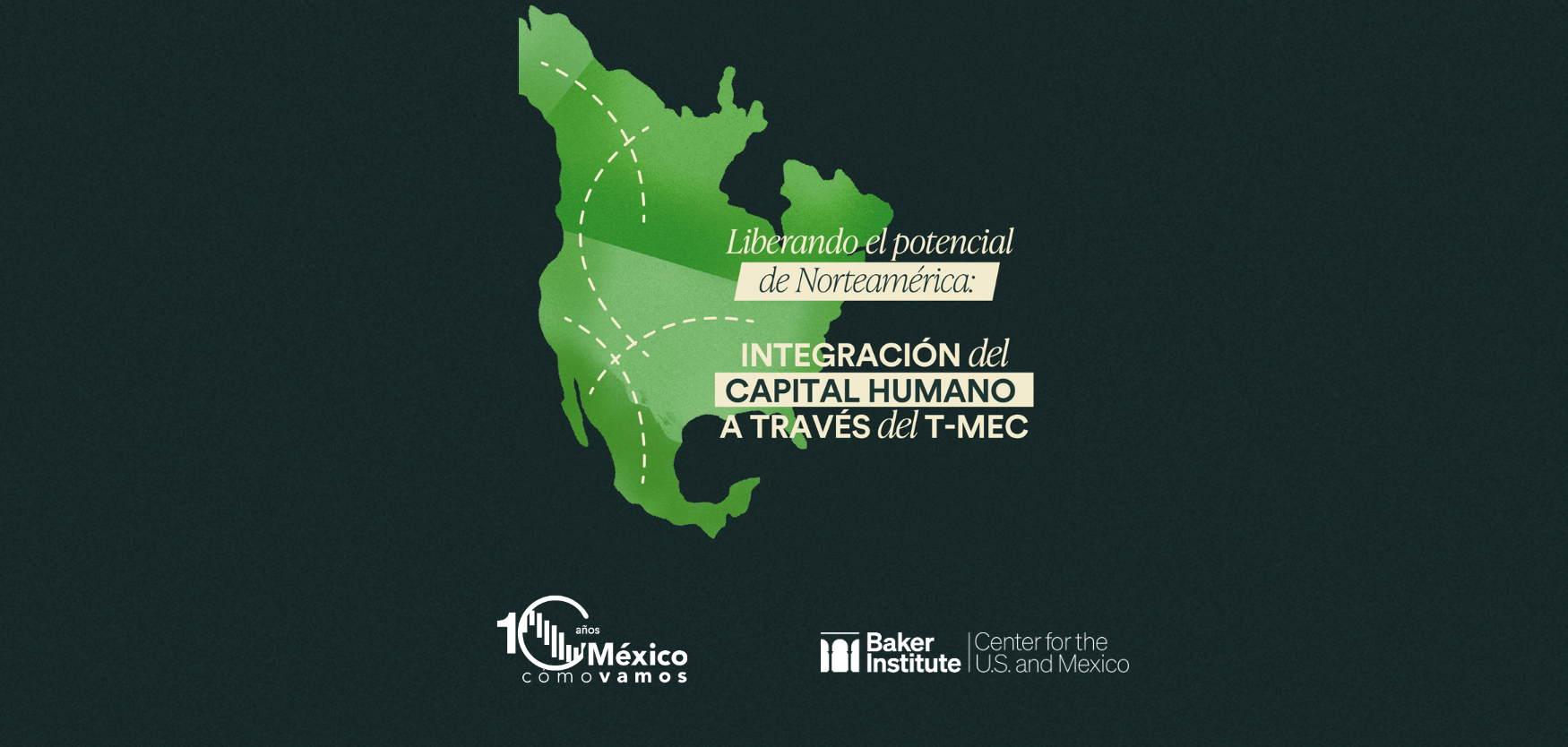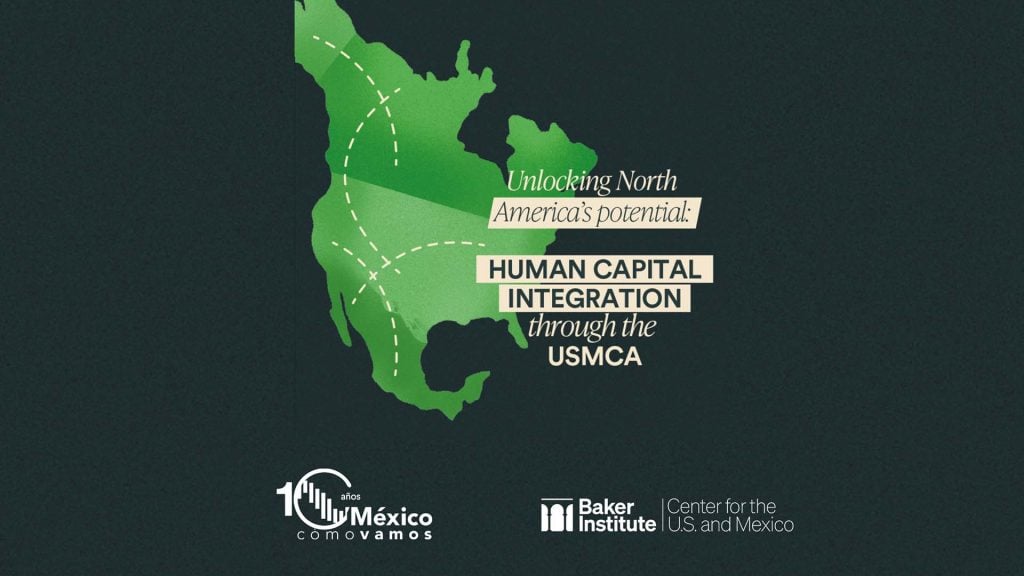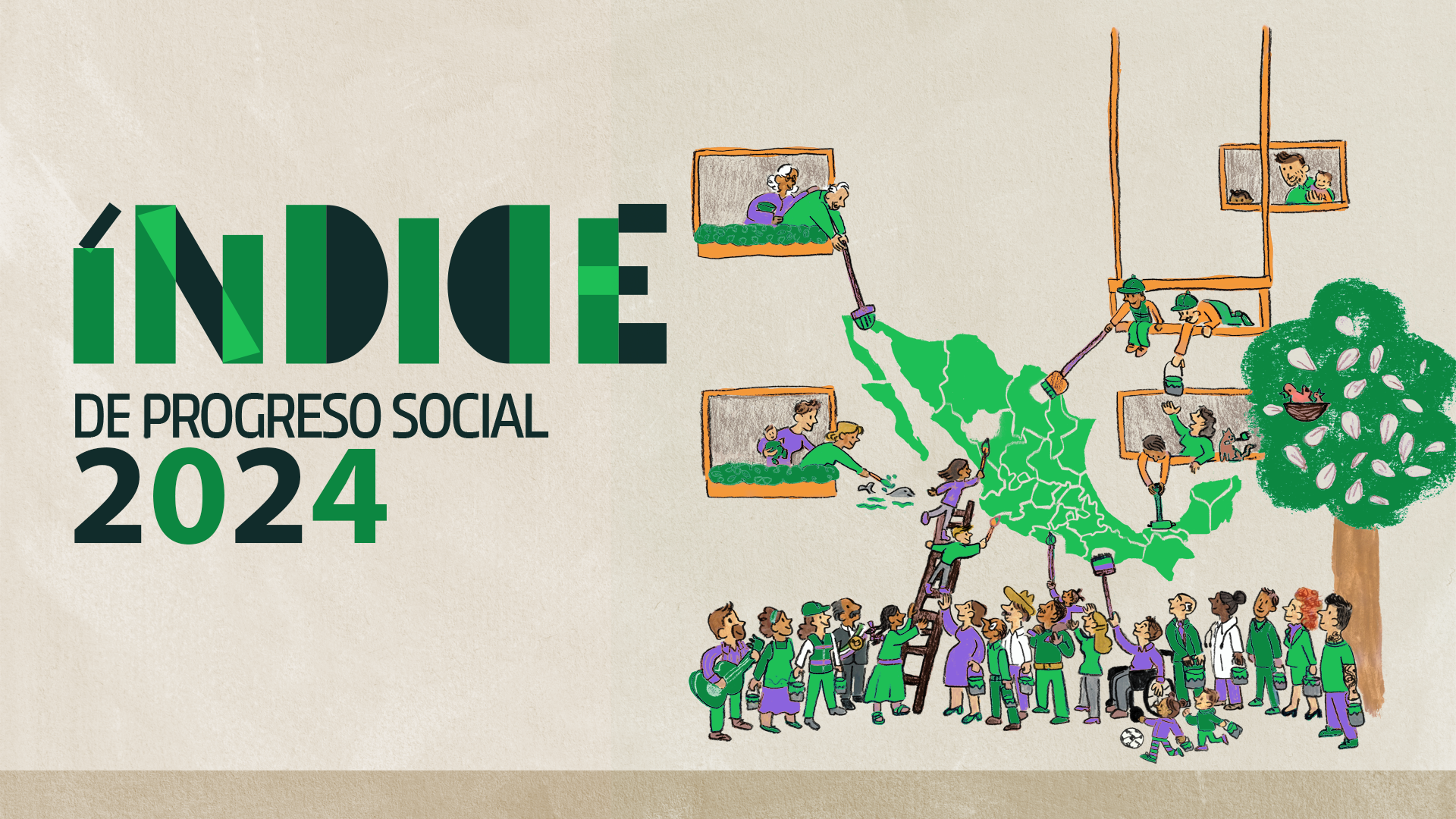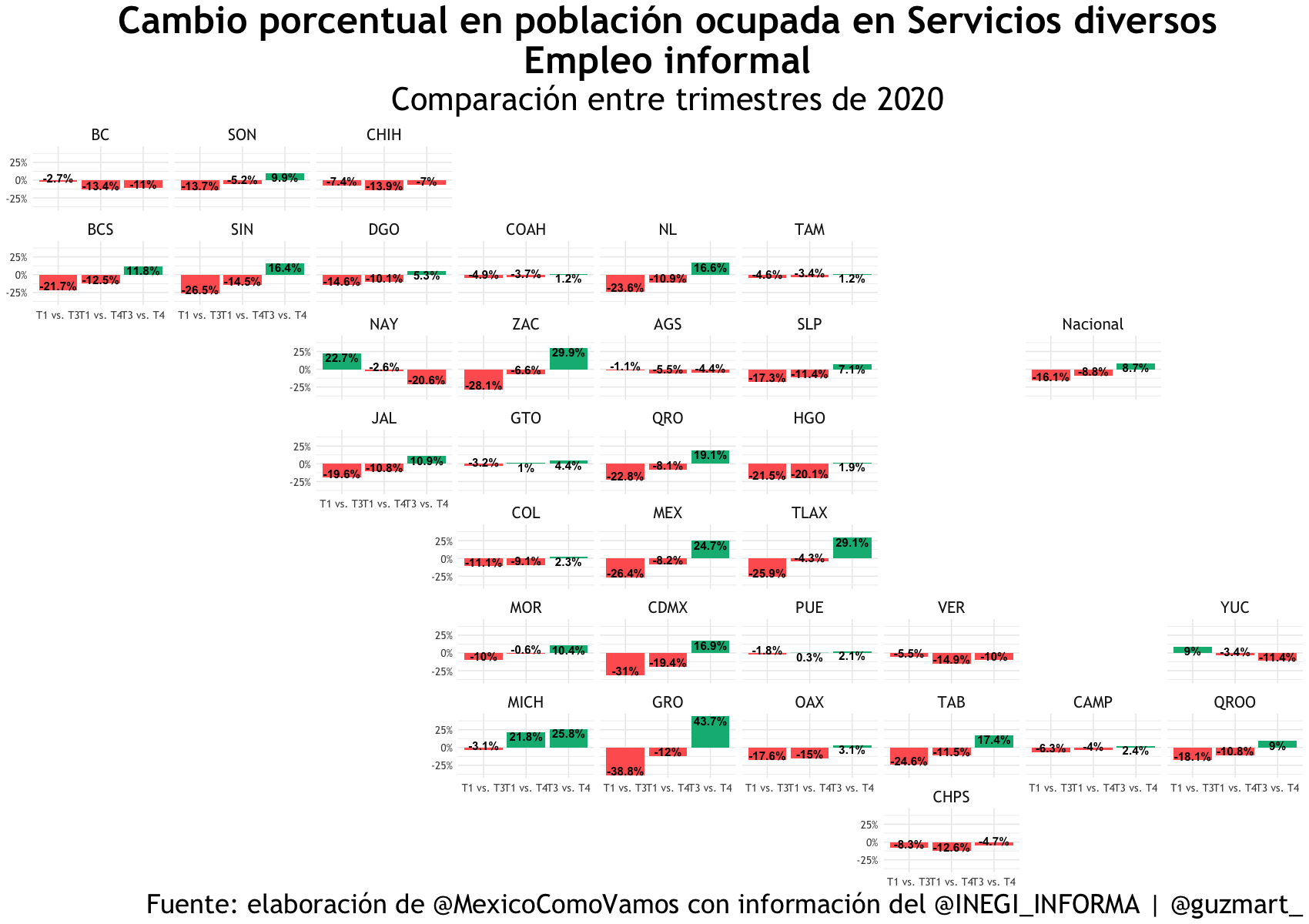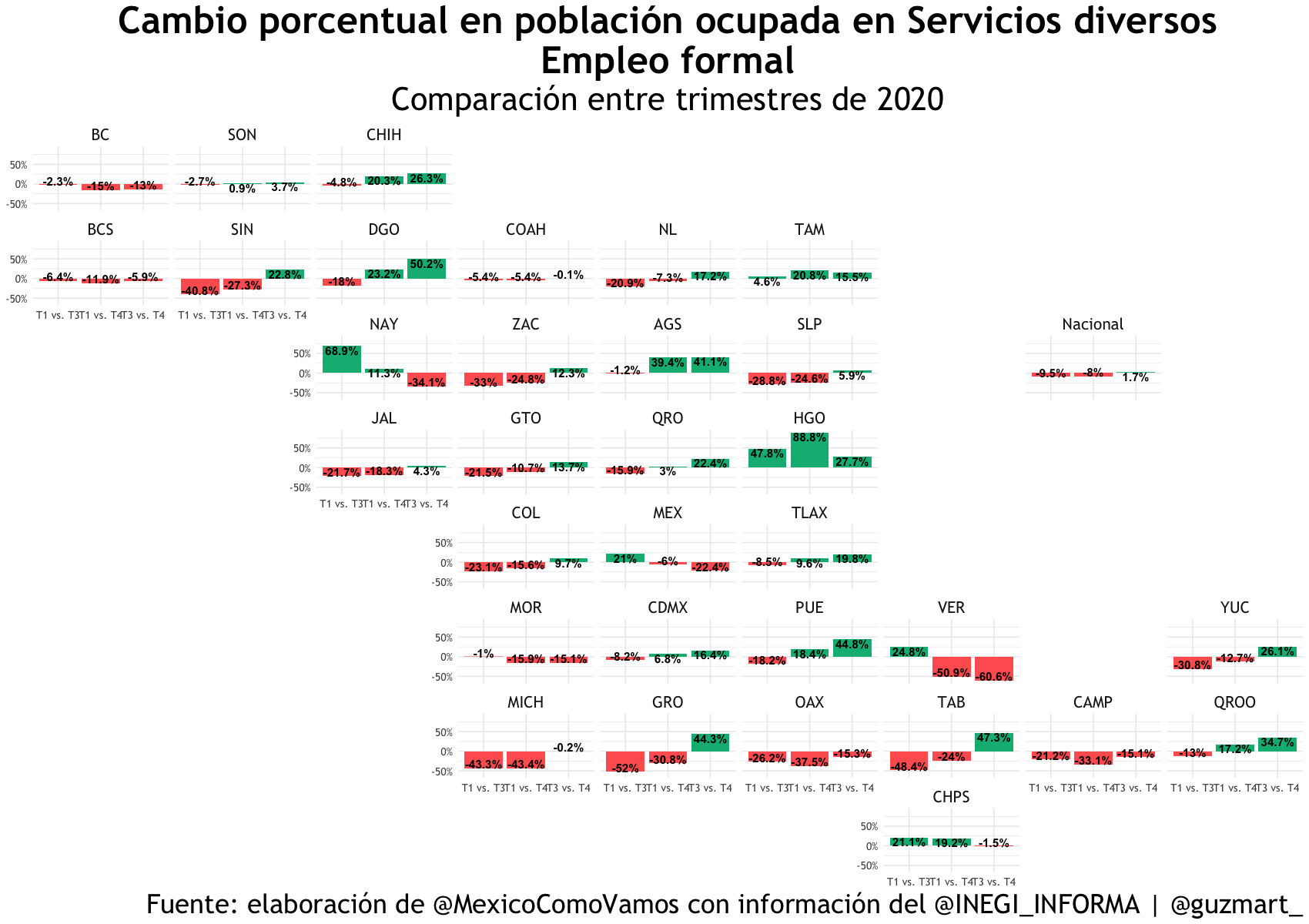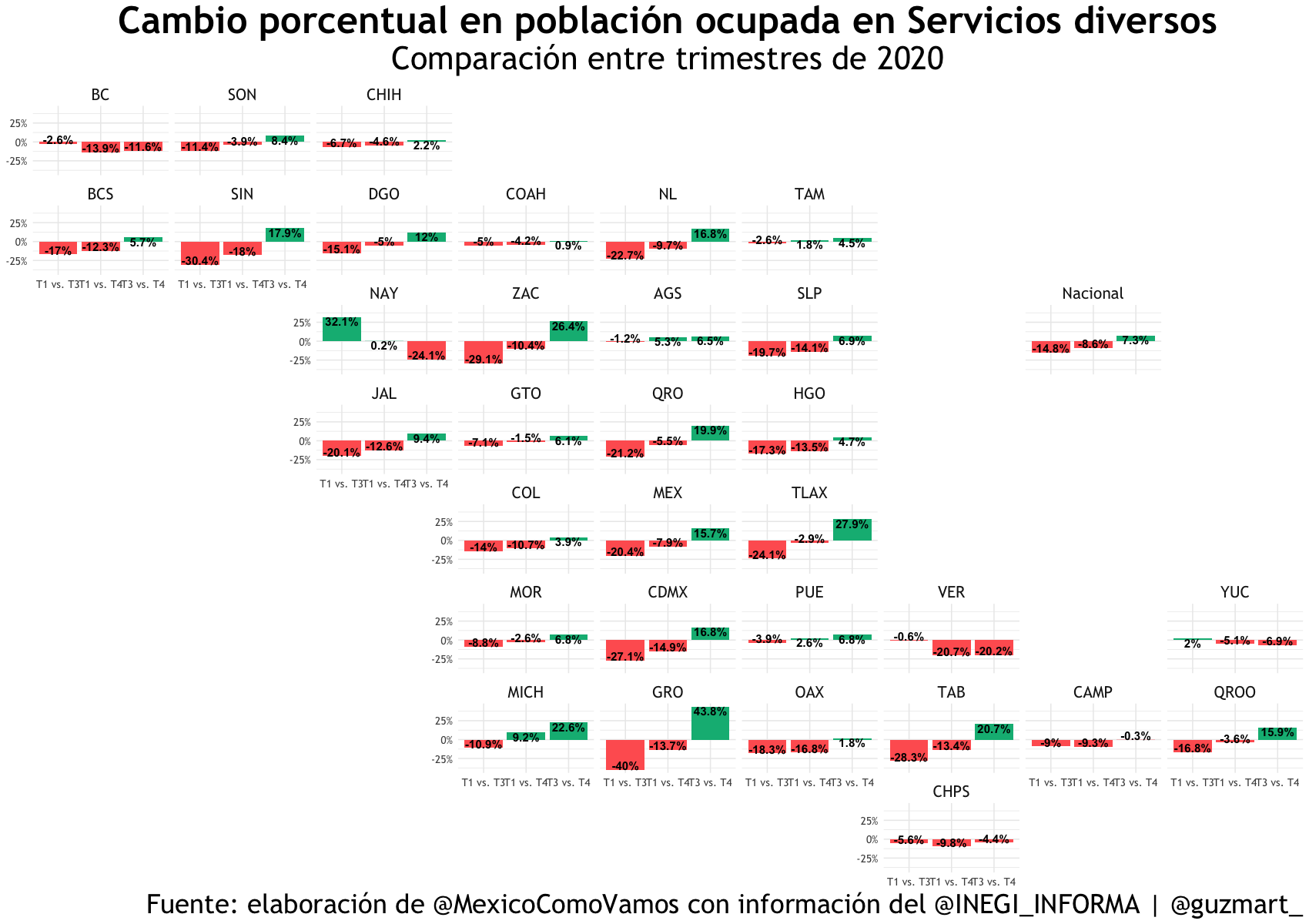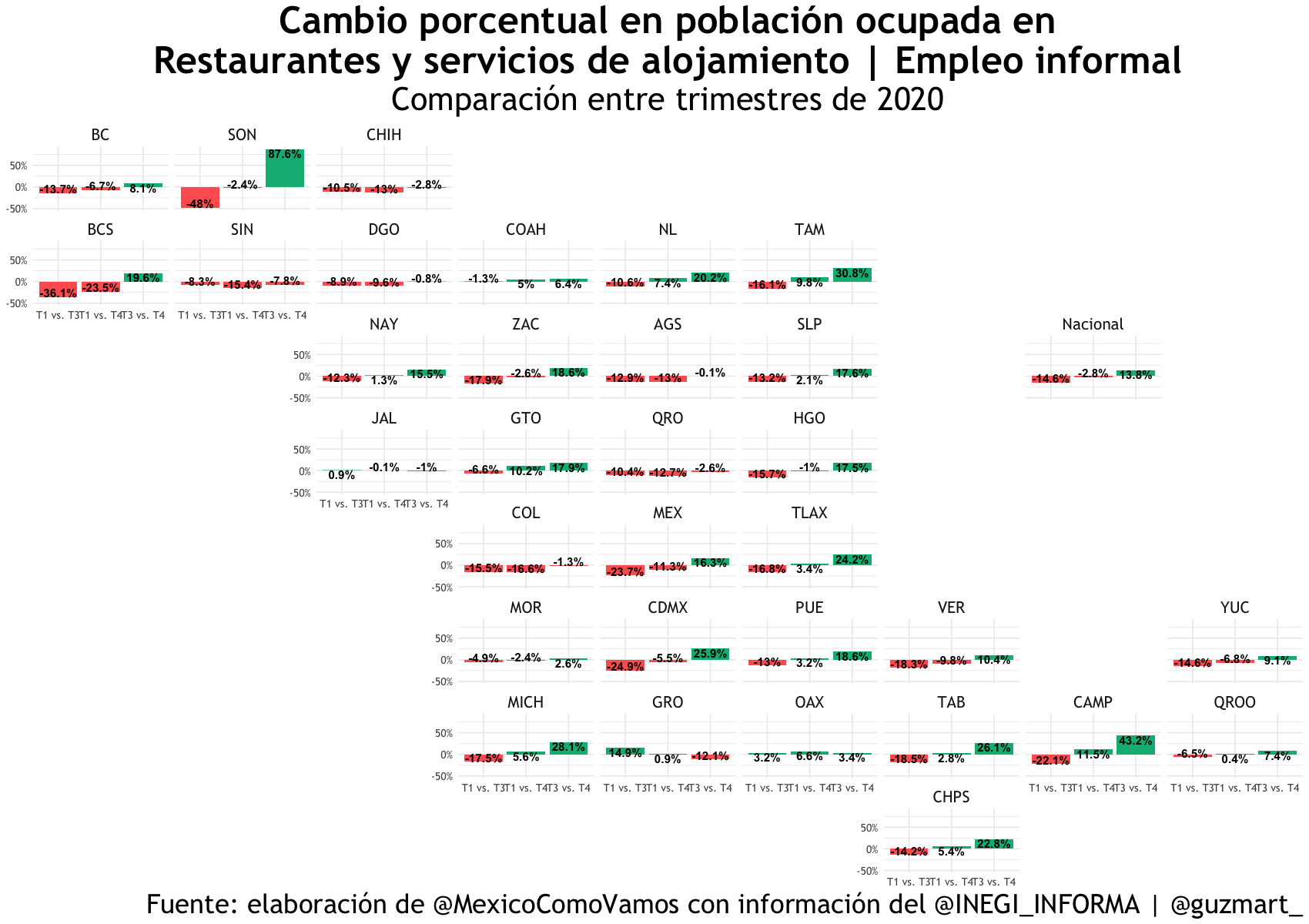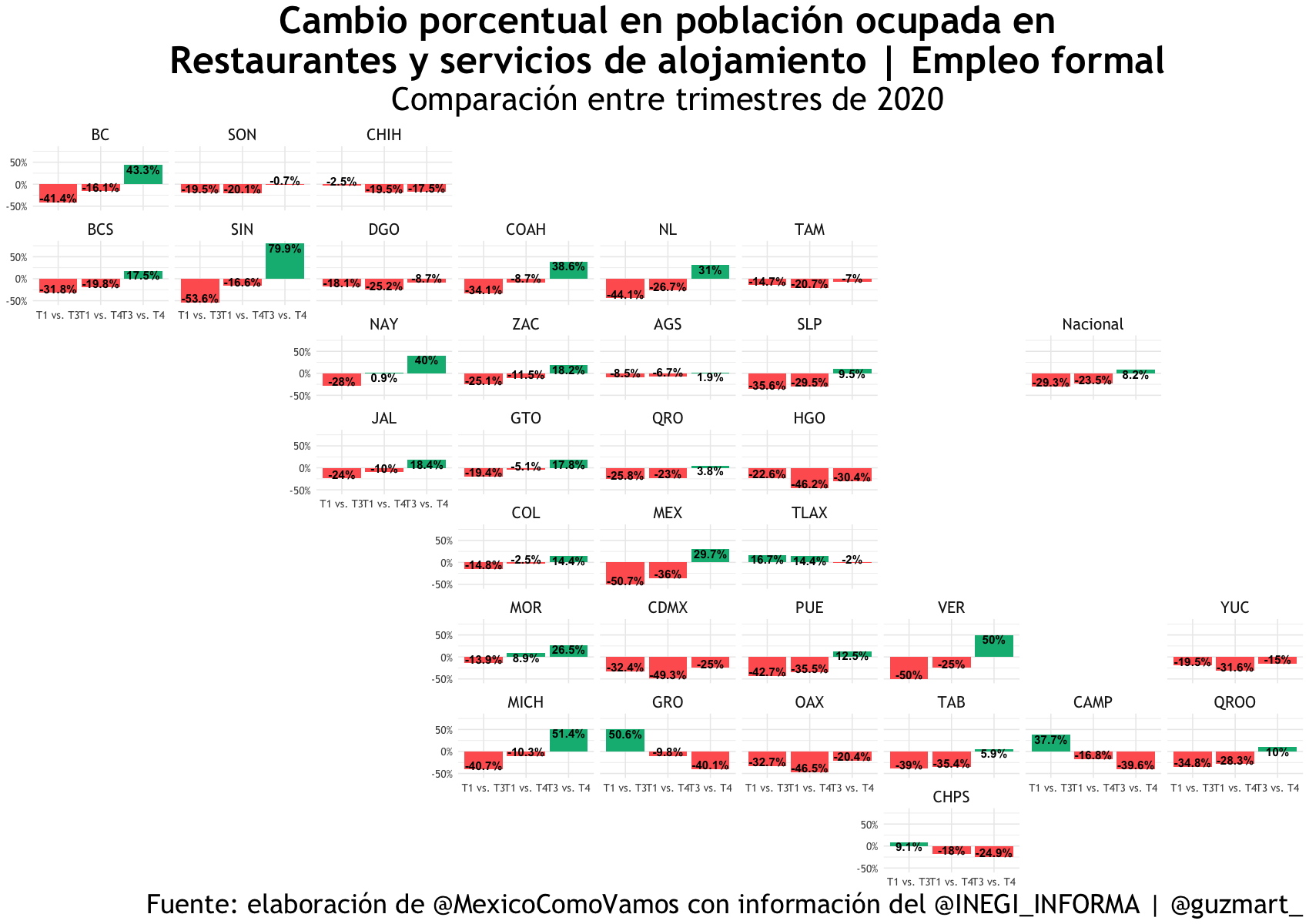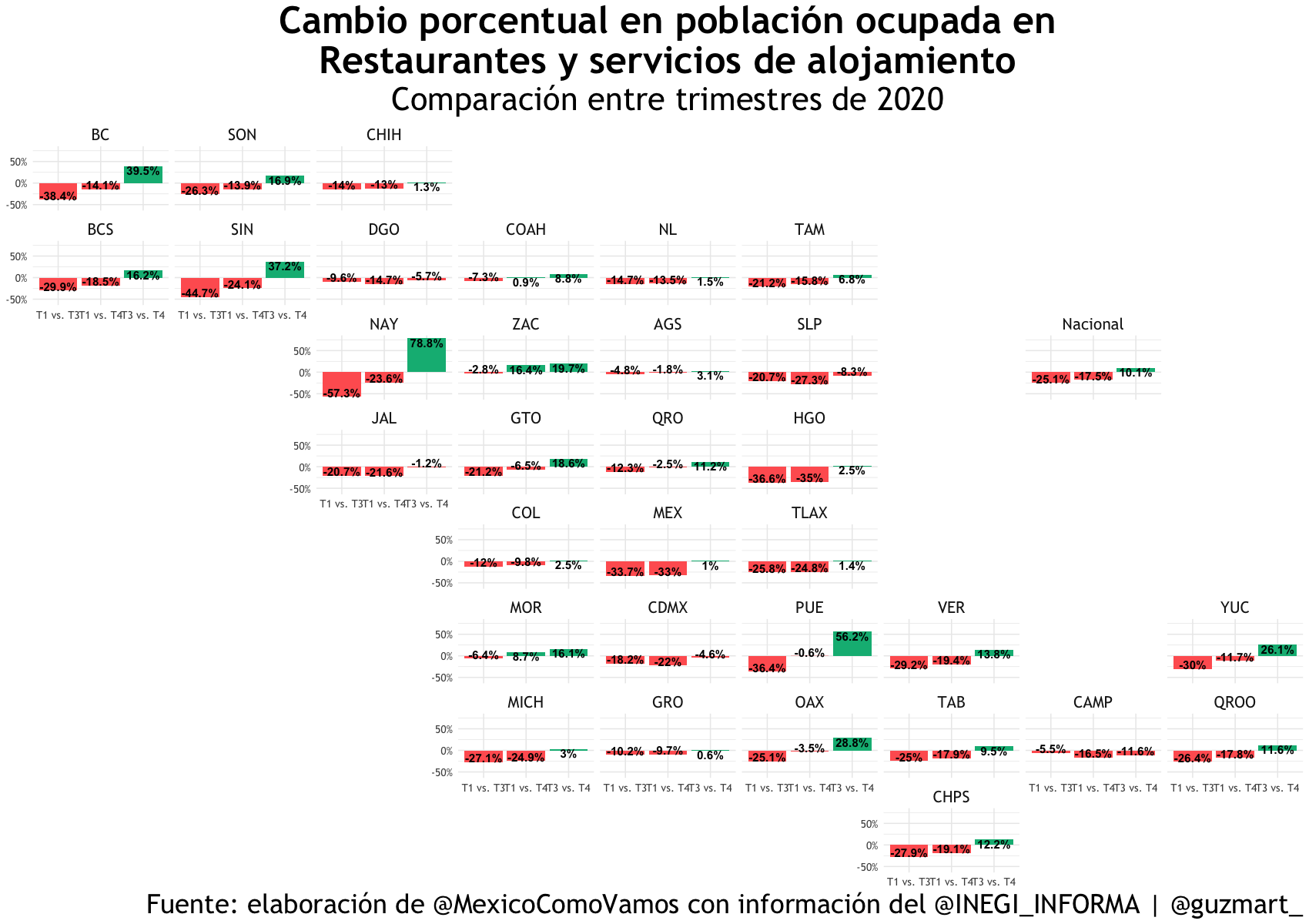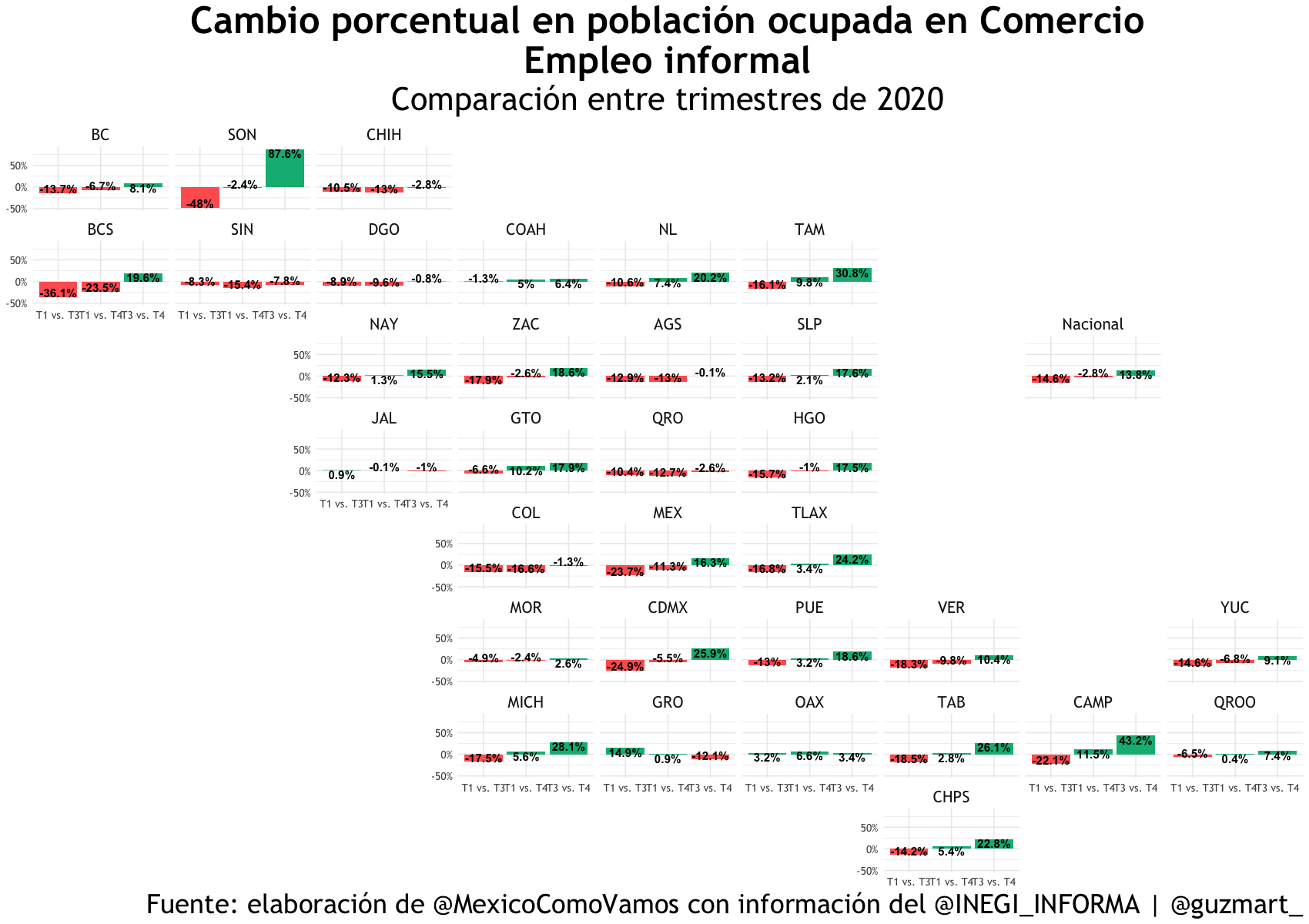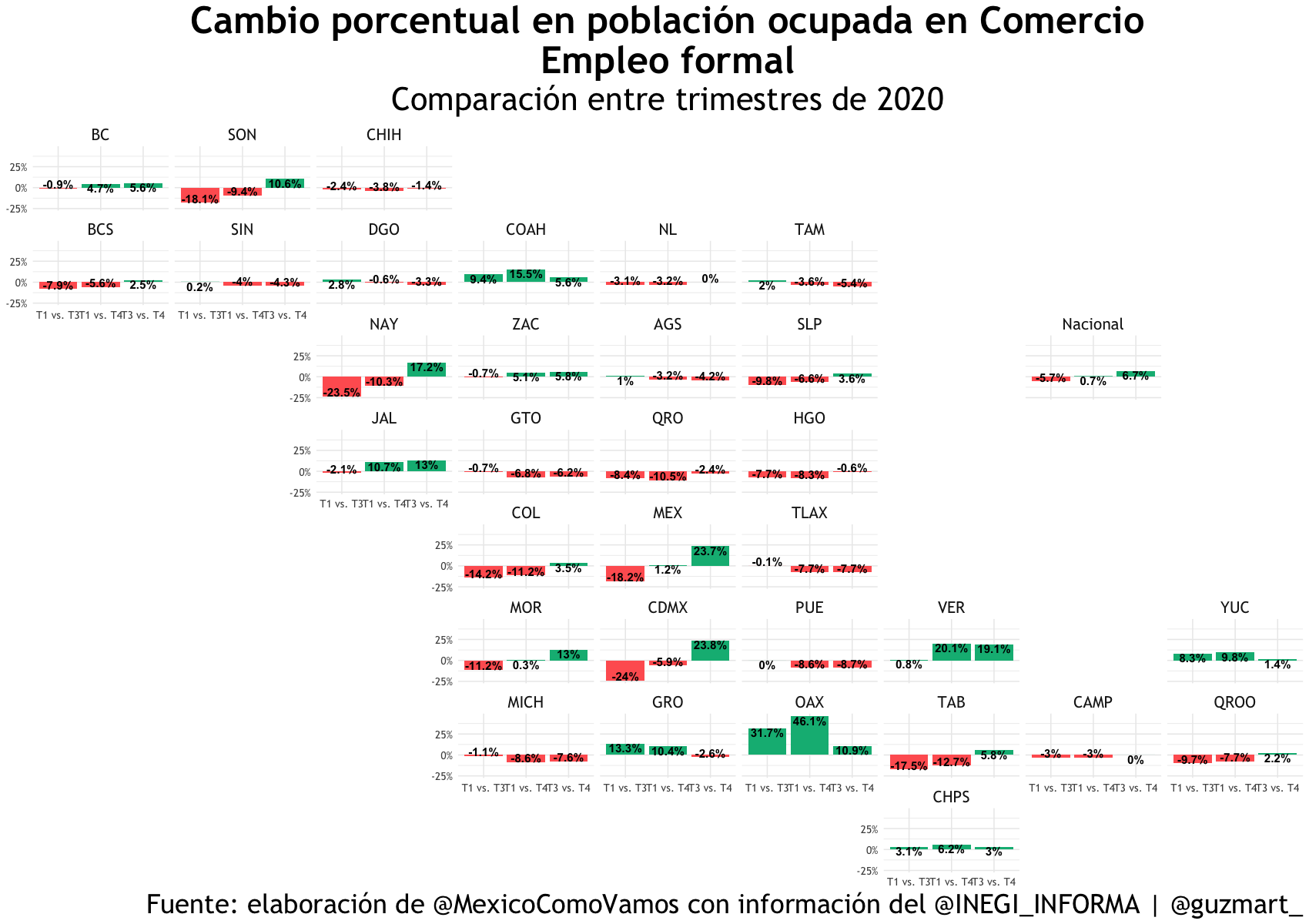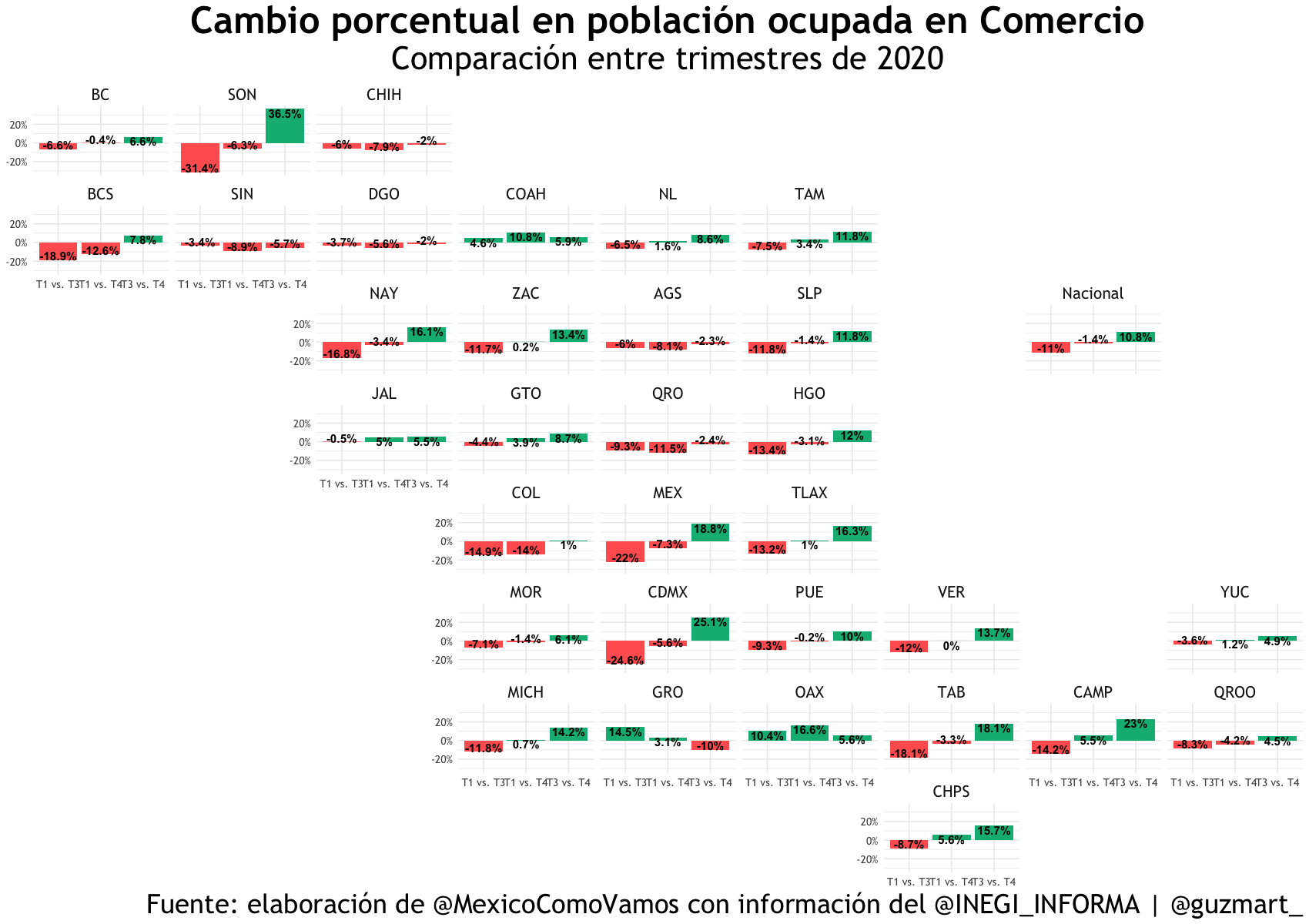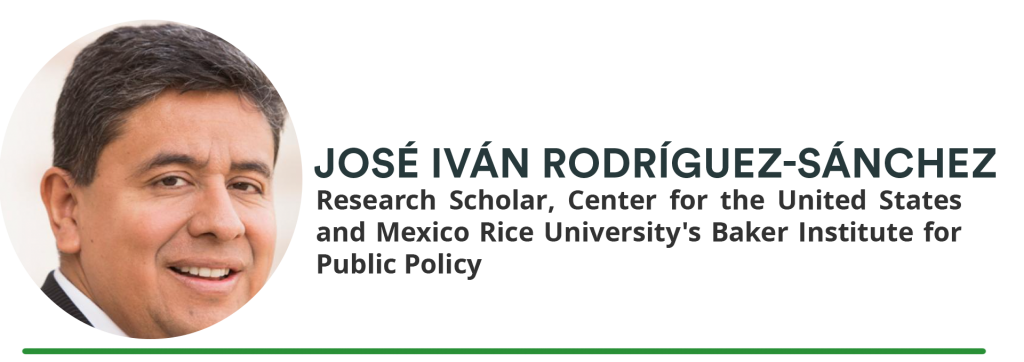
This article aims to understand the current labor shortage in the United States, stating that the decrease in immigration is a crucial factor in this shortage. As a solution, the greater use of the TN Visa is proposed. Nevertheless, changing the U.S. immigration system in the near future to have more visas is expected to be very unlikely.
Labor Shortage in the United States
In recent years, the U.S. labor market has experienced an evident labor shortage due to diverse factors. This situation started even before the pandemic, primarily due to an aging workforce, a decline in the national fertility rate, and a drop in immigration rates.
After the pandemic, this shortage increased and persisted, as many American workers opted for early retirement. Additionally, the rise in unemployment beneficiaries in the U.S. has allowed many workers to stay out of the labor market longer, to wait for better jobs in terms of salary and working conditions.
A simple way to visualize this labor shortage is by comparing job vacancies to the number of unemployed workers nationwide. Since 2018, the number of vacancies has been higher than the total number of unemployed workers. When the economy shut down during the pandemic, many workers lost their jobs, and this number increased significantly compared to vacancies. Since the economic reopening in May 2021, the number of vacancies has again exceeded that of unemployed workers. In 2023, if all unemployed workers had decided to work, there would still be, on average, approximately 3.2 million unfilled jobs. In other words, for every unemployed worker in 2023, there were about 1.5 job vacancie
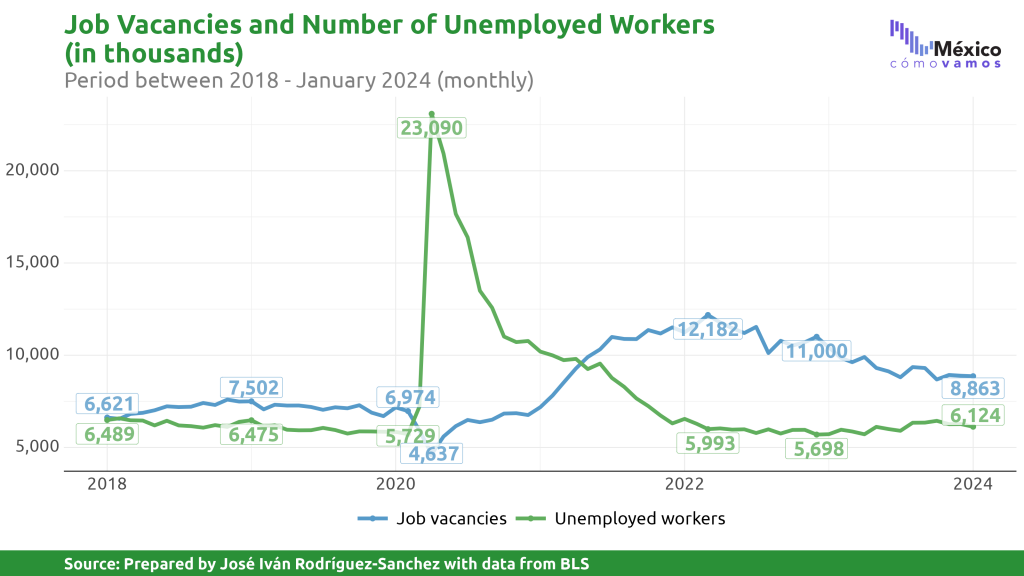
The civilian labor force participation rate measures the percentage of the population working or actively seeking work. In recent years, this rate has declined significantly in the U.S.. Comparing February 2020 (63.4%), before the pandemic, with February 2024 (62.5%), nearly 2.4 million workers are estimated to be missing from the American economy. This shows that the economy has fewer workers and has been unable to fill job vacancies in recent years.
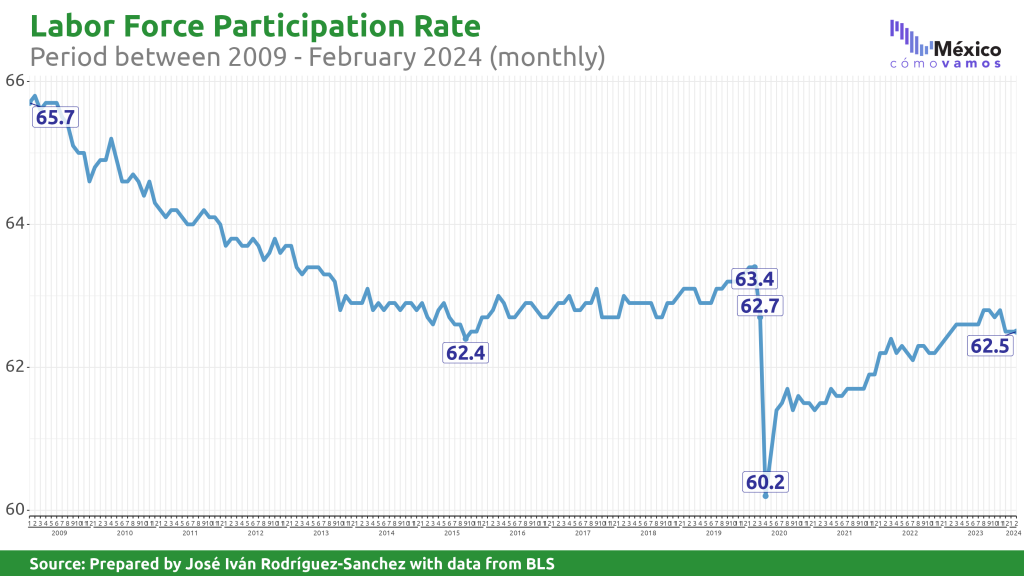
This labor shortage has increasingly put pressure on wages. With a smaller pool of workers, companies have to compete for them, and one way to do this is by offering higher wages to retain or attract new workers. Moreover, the labor shortage has caused supply chain disruptions, generating inflationary strains and impacting the U.S. economy.
Immigration
A critical factor in the U.S. labor shortage is the decline in immigration rates. The international net migration rate to the U.S., which measures the difference between immigration and emigration, began decreasing in 2017 due to the immigration policies implemented that same year. This downward trend continued until 2021, causing a slowdown in the immigrant population and workforce growth in the U.S. In 2022 and 2023, this rate increased again, but growth has remained below the trend observed in 2016.
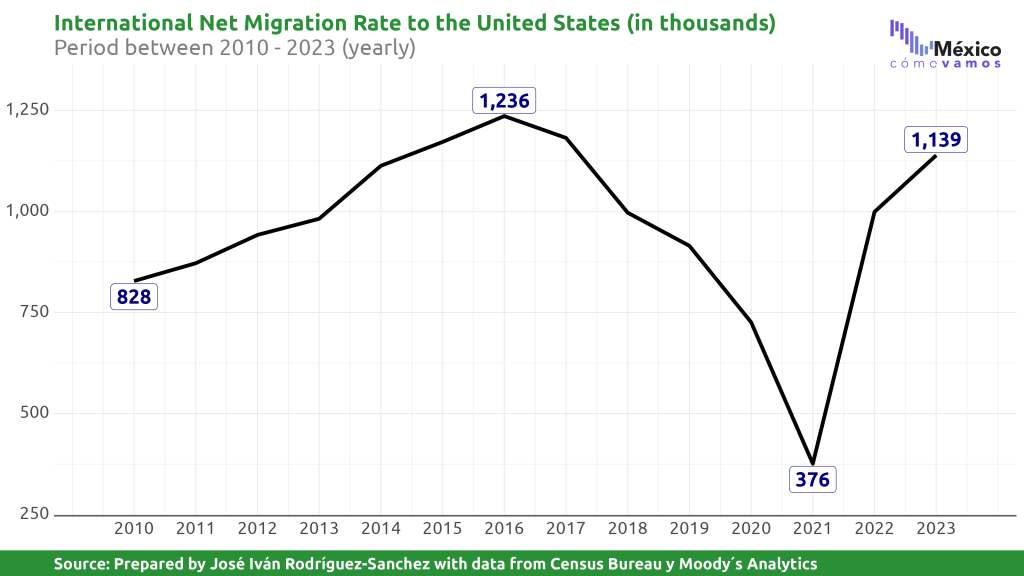
An effective solution to the labor shortage would be to employ more foreign workers in the American labor market through the existing visa system. On one hand, these immigrants want to work; on the other, the U.S. economy requires them. Improving the immigration system would positively impact the U.S. economy, but such a step is not anticipated in the near future.
The importance of documented and undocumented immigrant workers to the U.S. economy is undeniable and widely demonstrated. For example, over the past two decades, immigrant families have contributed to more than half of the labor force growth in the U.S. Immigrant workers also contribute to the Gross Domestic Product (GDP). In 2013, it was estimated that the U.S. economy grew by around 11% annually, because of the presence of these workers in the labor market. In 2022, their contribution was about $2.8 trillion. The economic impact of immigrant workers has been well-documented, as have the effects of their decline in the labor market. During 2020 and 2021, approximately 2 million working-age immigrant workers were lost due to the pandemic, resulting in an annual GDP loss of at least 1.1%.
The participation of immigrant workers in the U.S. labor market has grown, from 14.8% in 2005 to 18.6% in 2023. Interestingly, in some fundamental sectors, their participation has increased significantly. For example, immigrants represent about 37% of the total workforce in agriculture, fishing, and forestry, 34% in construction and extraction, and 24% in healthcare support. In agriculture, 41% are undocumented, and 23% have visas, mostly H-2A visas, meaning 64% are immigrants. In the fields of science, technology, engineering, and mathematics (STEM), they represent approximately 23%, but are also responsible for 36% of the country’s innovation.
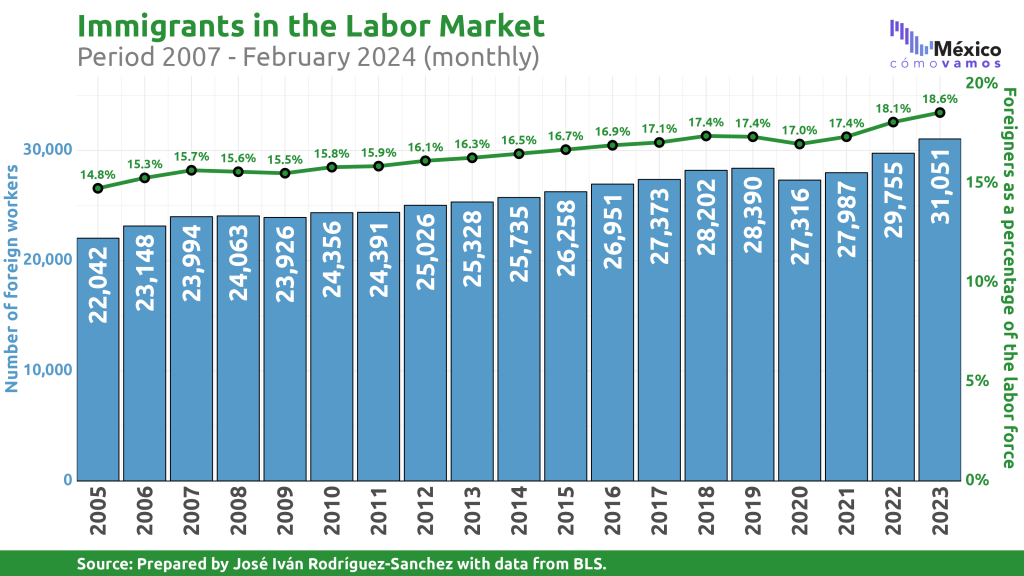
These workers not only drive the U.S. economy but also their home countries’ economies by sending money to their families, contributing to greater economic dynamism. Their labor force participation rate is higher than that of U.S.-born workers. They also consume, pay taxes, invest, and generate economic growth in various ways.
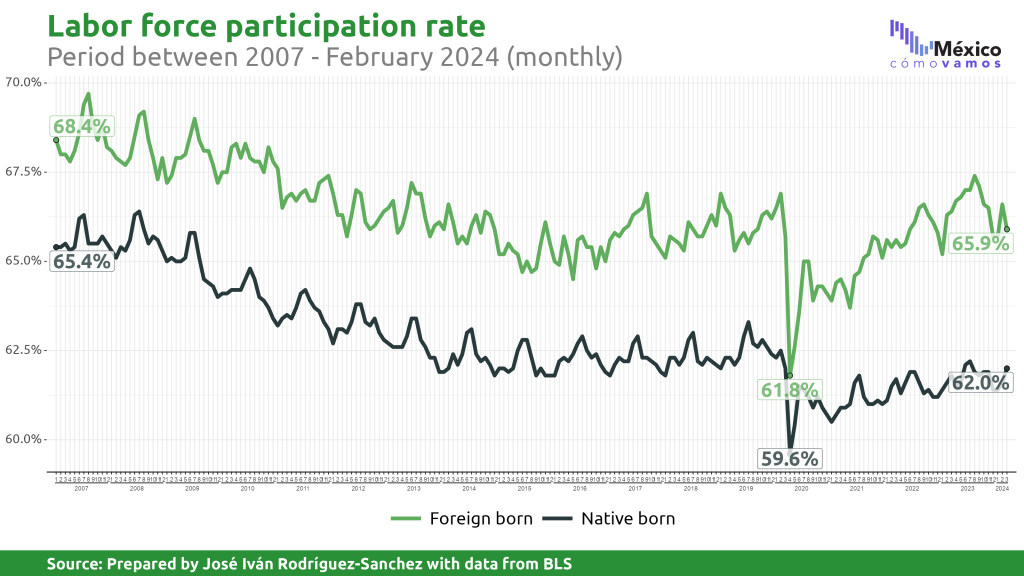
Labor Shortage in the U.S. and the TN Vis
The labor shortage has become a growing problem in nearly all sectors of the U.S. economy, such as agriculture, construction, hospitality, healthcare, technology, manufacturing, food services, and landscaping. To understand this problem, we will briefly discuss two of these sectors: healthcare and manufacturing. For the former, it is estimated that by 2036, there will be a shortage of up to 40,000 primary care physicians and up to 86,000 doctors. Additionally, the shortage of nursing staff is projected to peak in 2029, slightly decreasing to 338,000 by 2036. The manufacturing industry’s shortage is estimated to be around 2.1 million workers by 2030, significantly impacting its economy.
One way to avoid anticipated economic losses and alleviate the labor shortage is to allow the hiring of foreign workers with some type of visa. One proposal is to use the TN visa, which has significant advantages over other types of visas. The TN visa was founded with the North American Free Trade Agreement (NAFTA) in 1994. Greater use of this visa could be vital in finding and employing qualified workers. In recent years, this visa, along with the H-2A visa, has had the highest growth rates in issuance.
.
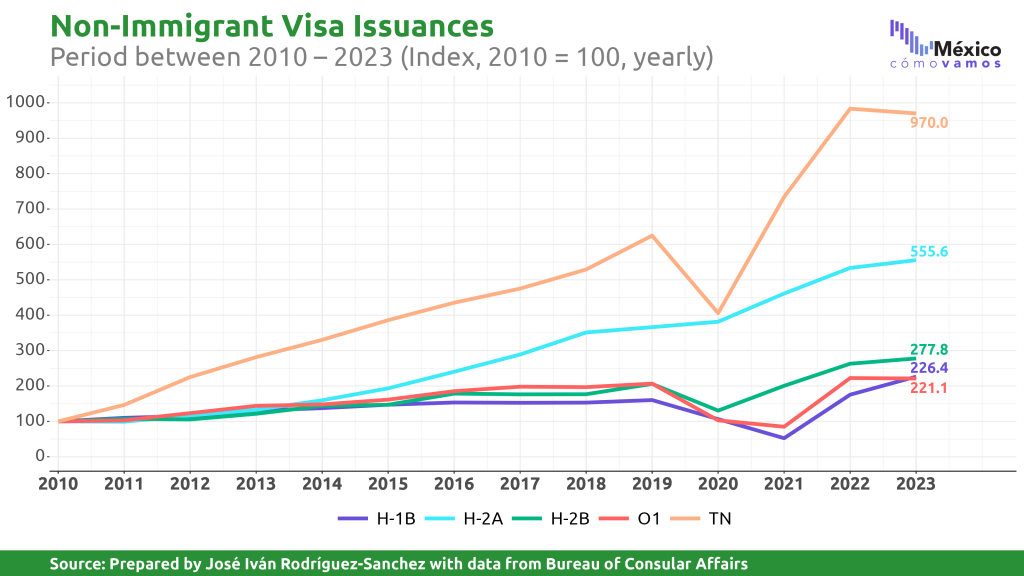
The TN visa serves temporary professionals from Canada and Mexico who have been admitted to the U.S. as non-immigrant workers, based on a list of 63 occupations. One issue that should be rethought is this list’s design and potential update.
In recent years, immigrants arriving in the U.S. have increased their average educational level. The TN visa list generally requires a university degree, so the change in educational distribution may favor its use, even if the list is not modified.
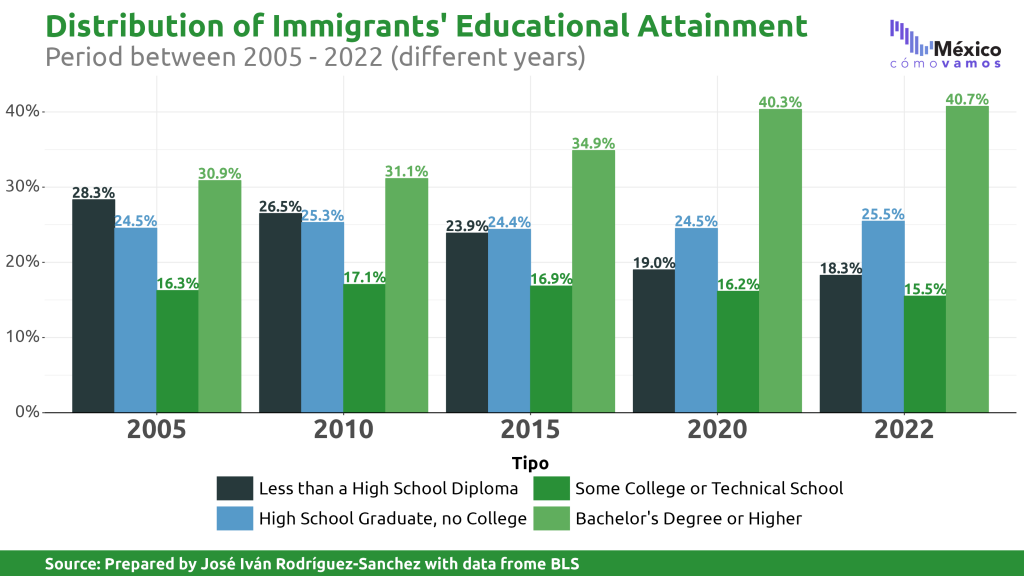
Final Considerations
There is a significant labor shortage in the U.S., largely due to the immigration decline of recent years. Immigrant workers participate in essential industries of the U.S. economy, and their labor participation has grown considerably, which is unlikely to change in the near future. Since U.S. companies cannot find workers, they should consider looking abroad, leveraging existing visa systems.
The TN visa could be a great way to contribute to this process. It would be advisable to update its list to make it more flexible, considering the sectors with the most significant labor shortages. In recent years, the use of this visa has grown significantly. Increasing its use further could help in the development of the North American Region and imply positive externalities for Mexico as well. If its use is encouraged more, students considering the U.S. as a work option might be inclined to study degrees that are part of the list, and, if successful, they might seek to work in the U.S. Otherwise, they can develop those skills in Mexico, positively impacting the national economy. Further, the Mexican university system must be strengthened so that graduates can adapt to new technologies and the knowledge required by U.S. companies.
Referencias:
- Anderson, S. (2023, January 12). Highly Skilled Immigrants Drive U.S. Innovation, Report Shows. https://www.forbes.com/sites/stuartanderson/2023/01/12/highly-inventive-immigrants-also-make-natives-more-innovative/?sh=4197bf29324b y https://www.americanimmigrationcouncil.org/research/foreign-born-stem-workers-united-states
- Andrade, P. ,Bräuning, F, Fillat, J.L. & Joaquim, J. (2024, January 16) Is Post-Pandemic Wage Growth Fueling Inflation? Federal Reserve Bank of Boston. https://www.bostonfed.org/publications/current-policy-perspectives/2024/is-post-pandemic-wage-growth-fueling-inflation.aspx
- Borjas, G. (2013) Immigration and the American Worker. A Review of Academic Literature. Center of Immigration Studies.
- Bureau of Labor Statistics (2024, May 1). FOREIGN-BORN WORKERS: LABOR FORCE CHARACTERISTICS — 2023 (News Release). https://www.bls.gov/news.release/pdf/forbrn.pdf
- Duzhak, E. (2023, February 27) The Role of Immigration in U.S. Labor Market Tightness.
- Federal Reserve Bank of San Francisco. https://www.frbsf.org/research-and-insights/publications/economic-letter/2023/02/role-of-immigration-in-us-labor-market-tightness/#:~:text=Immigration%20policies%20enacted%20after%20January%202017%20contributed%20to%20the%20decline,in%20the%20U.S.%20labor%20market.
- Ferguson, S y Lucy, I. (2022, September 29) Data Deep Dive: How Government Benefits
- Programs Are Contributing to the Labour Shortage. U.S. Chamber of Commerce. https://www.uschamber.com/workforce/data-deep-dive-how-government-benefits-programs-are-contributing-to-the-labor-shortage
- GlobalData Plc (2024, March). The Complexities of Physician Supply and Demand:
- Projections From 2021 to 2036. https://www.aamc.org/media/75236/download?attachment
- Health Resources & Services Administration (2024, July 22). Workforce Projections. https://data.hrsa.gov/topics/health-workforce/workforce-projections
- Miskanic, B.,Petroski-Nadeau, N.& Zhao, C. (2024, March 25). To Retire or Keep Working
- after a Pandemic? Federal Reserve Bank of San Francisco. https://www.frbsf.org/research-and-insights/publications/economic-letter/2024/03/to-retire-or-keep-working-after-a-pandemic/#brandon-miskanic
- Orrenius, P. & Smith , C. (2020, April 9). Without Immigration, U.S. Economy will Struggle to Grow. Dallas Fed Economics: Federal Reserve Bank of Dallas. https://www.dallasfed.org/research/economics/2020/0409
- Payan, T. y Rodriguez-Sanchez, J. (2024, April 10). Migrant Workers’ Vital Role in Agriculture: A Conversation with Alejandro Gutiérrez-Li. https://www.bakerinstitute.org/research/migrant-workers-vital-role-agriculture-conversation-alejandro-gutierrez-li
- U.S. DEPARTMENT OF AGRICULTURE (2023). Legal status of hired crop farmworkers, fiscal 1991–2020. https://www.ers.usda.gov/data-products/chart-gallery/gallery/chart-detail/?chartId=63466
Click on the postcard below to go to the site.
